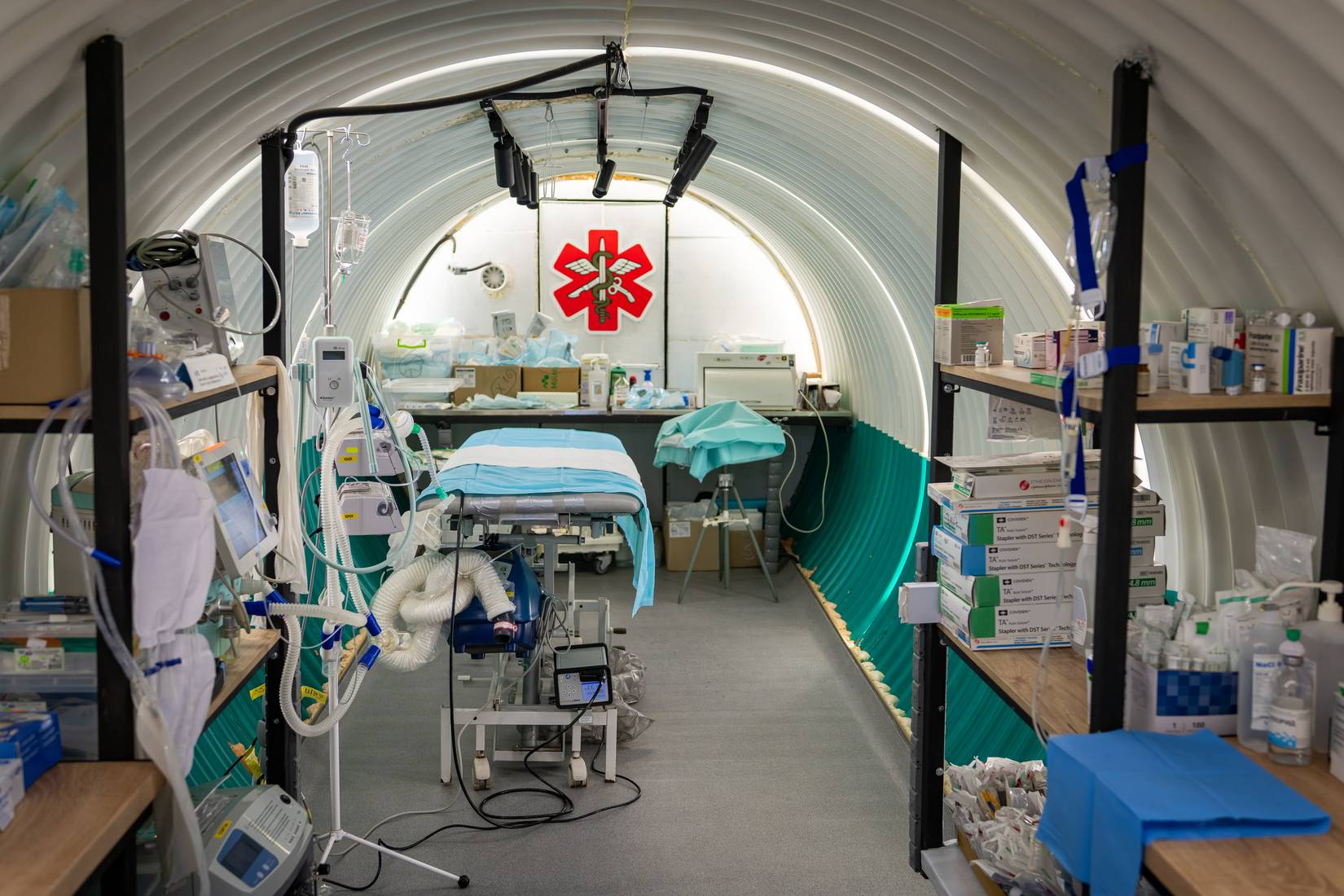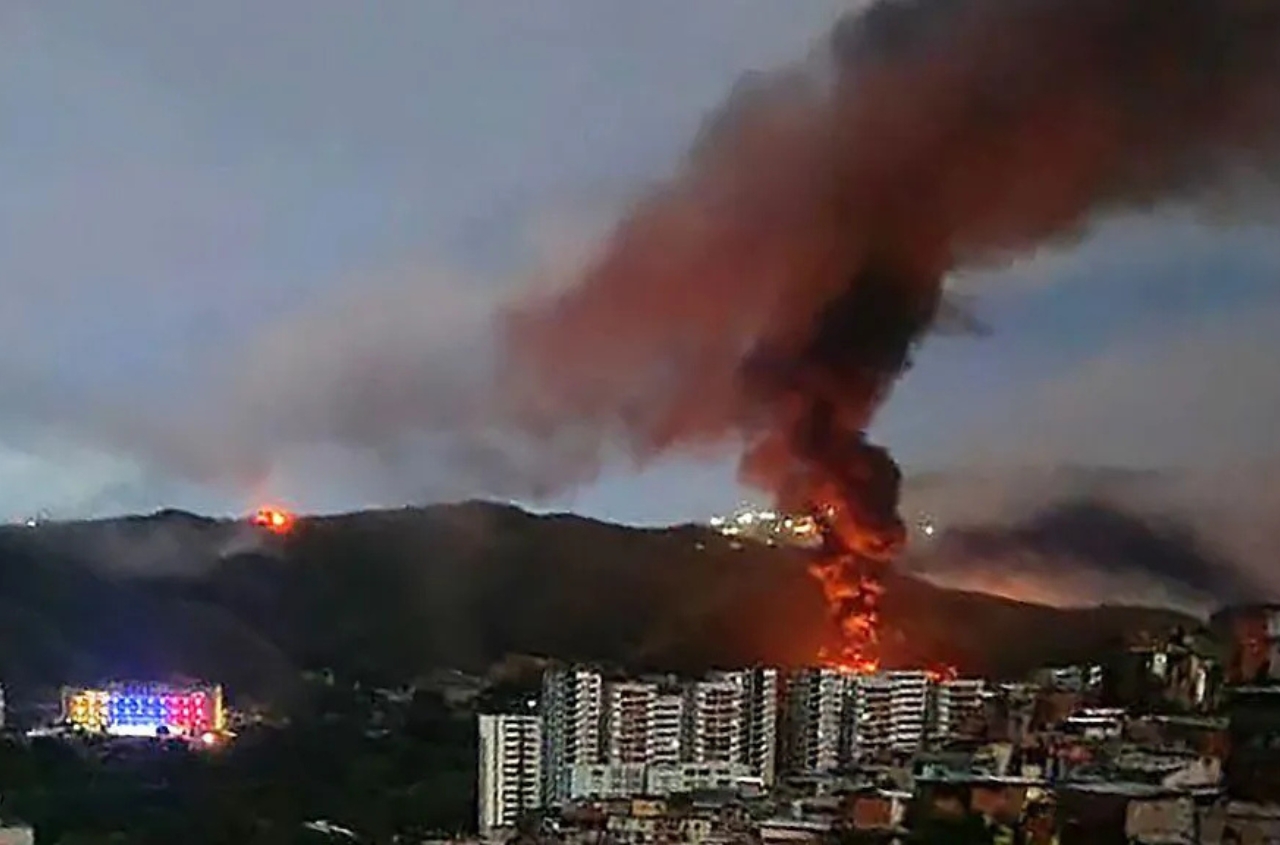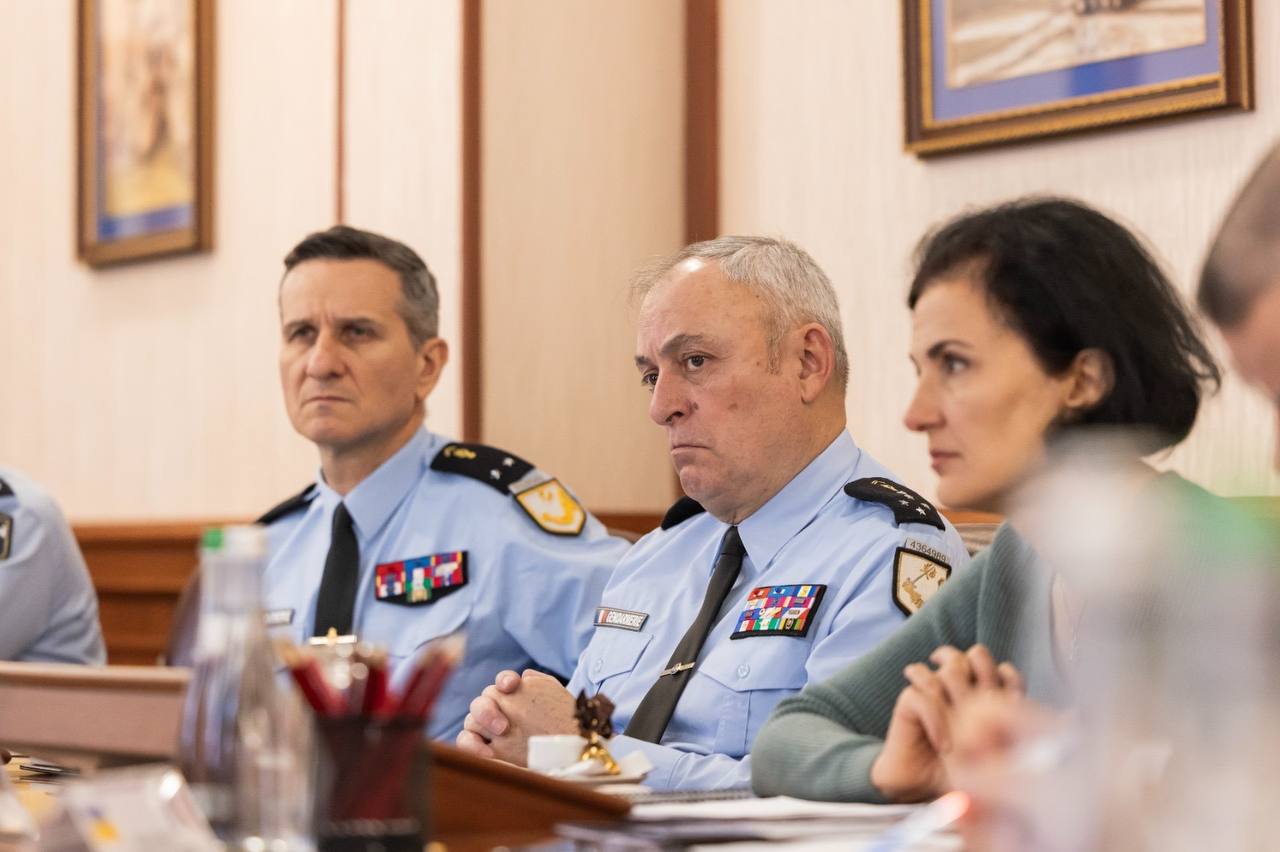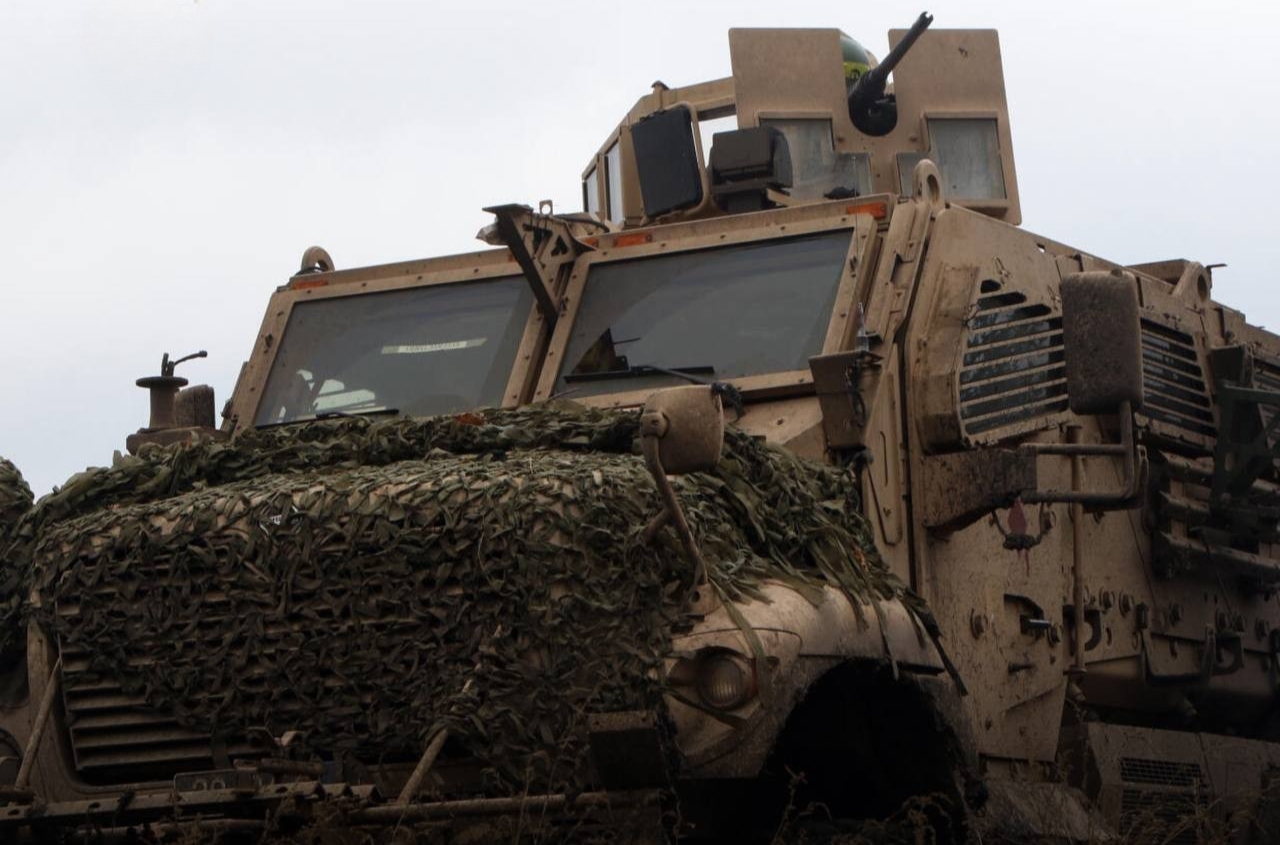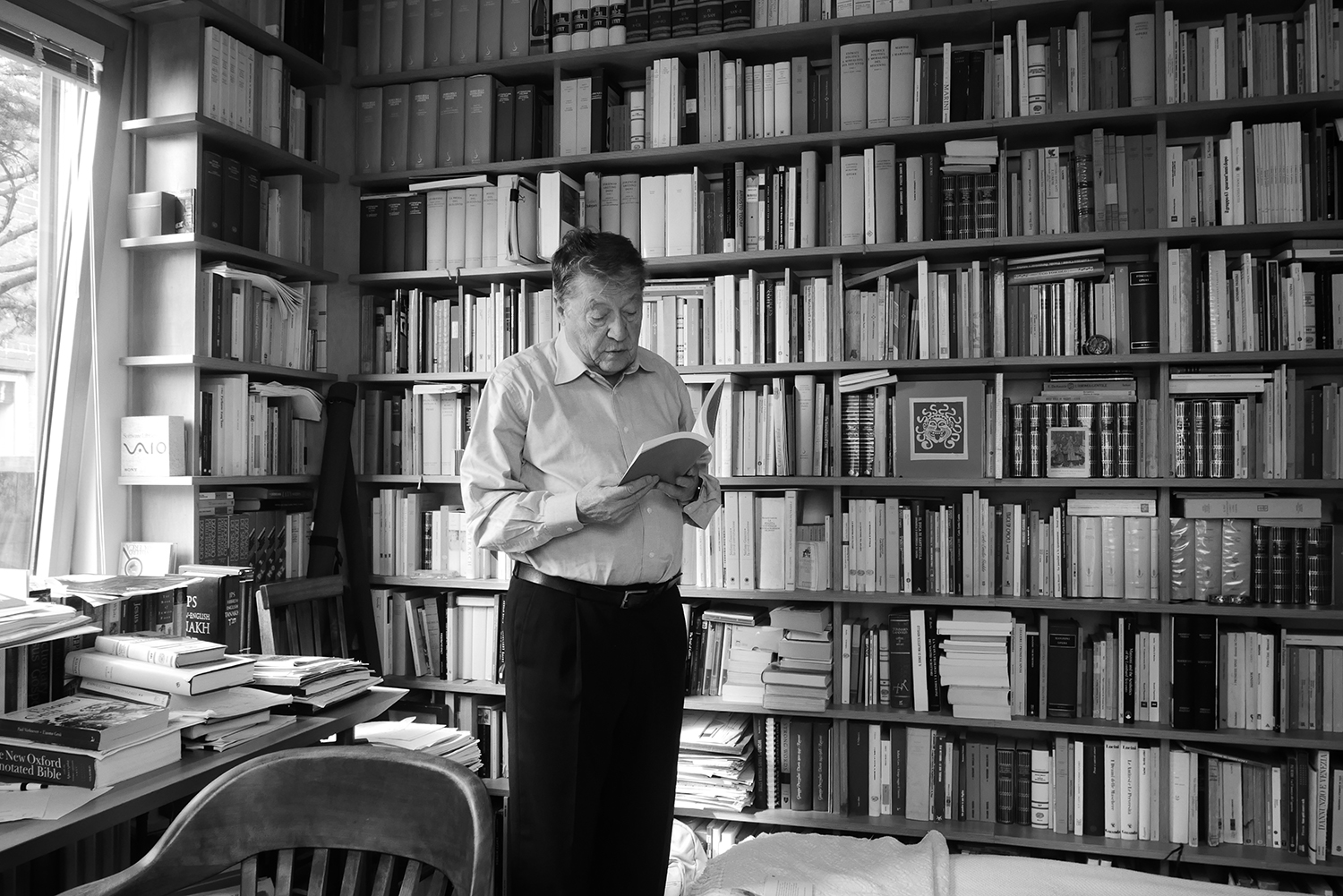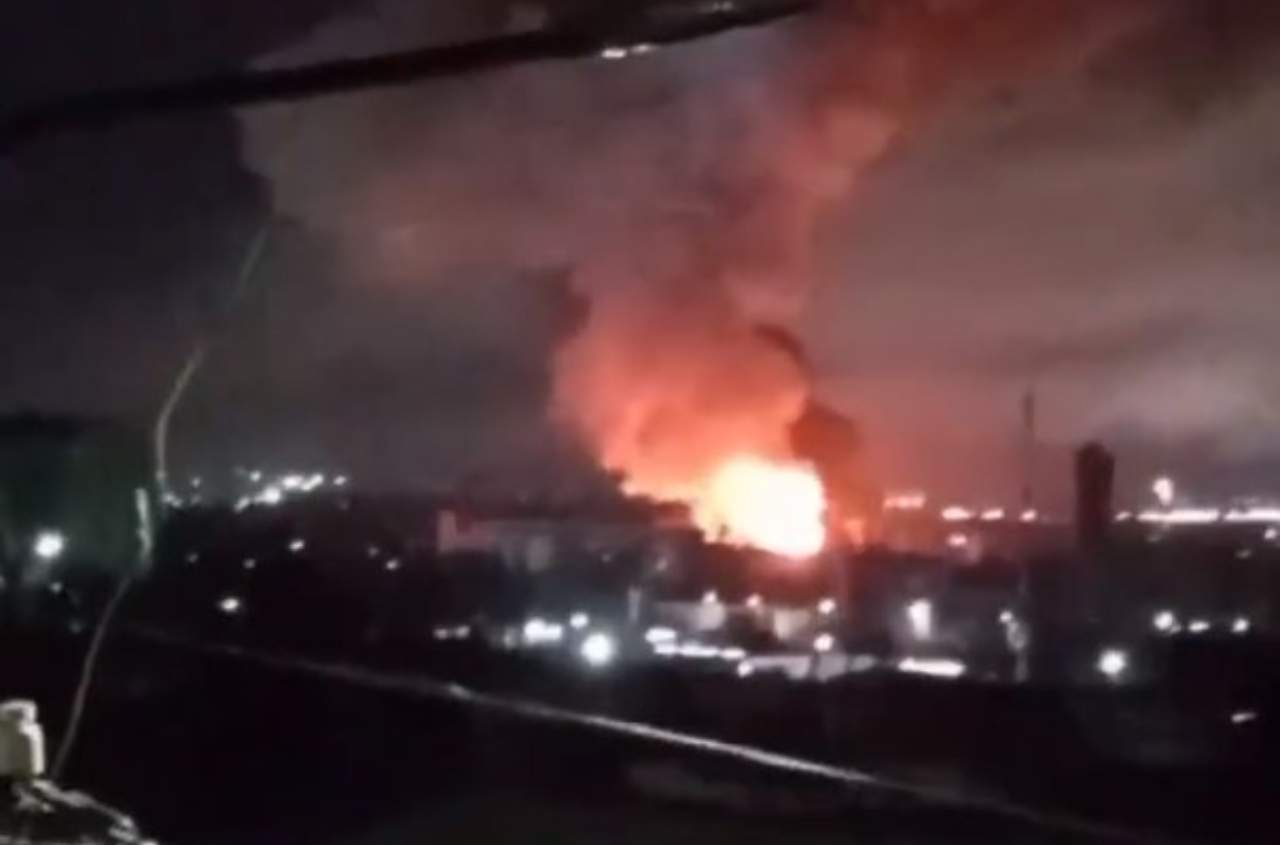An analytical report, “The Ukrainian Underground: Lessons for MEDCOM Sustainment in Large-Scale Combat Operations”, by the Center for Army Lessons Learned (CALL), explores how US military medics will use Metinvest Group’s experience in creating underground hospitals on the front line. The US Army published the report on its official website.
CALL is a specialised unit of the US Army that collects, analyses and disseminates experience and lessons learned during training and combat operations. The article includes recommendations for the US Army Medical Command (MEDCOM) to strengthen its capabilities in supporting medics during large-scale combat operations.
The author of the article, Colonel Joseph (J.J.) Serowik, notes the importance of Ukraine’s cooperation with private businesses, in particular with Metinvest Group and Rinat Akhmetov’s Steel Front defence initiative. This partnership demonstrates the rapid adaptation of medical infrastructure to enemy attacks, specifically the construction of second-level underground stabilisation points near the front line, in accordance with NATO standards (including advanced trauma management, emergency surgery and resuscitative care).
The author recommends that MEDCOM adopt this model, prioritising dispersed, hardened medical facilities, investing in advanced training for medics in prolonged care and streamlining acquisition processes to leverage commercial innovation. Proactively implementing these changes is essential for ensuring the US military can sustain forces and save lives in the face of evolving threats and challenging battlefield conditions.
The use of underground medical hospitals in Ukraine, capable of withstanding bombing and ensuring the provision of continuous medical care, has become necessary as a result of Russia’s unprecedented attacks on civilian infrastructure and medical facilities. Russia is violating Geneva Conventions that protect medical personnel and infrastructure during armed conflicts.
According to the Ukrainian Ministry of Health, more than 300 medical facilities have been destroyed and over 2,000 damaged since the invasion began. The World Health Organisation has recorded 2,215 attacks on healthcare facilities in Ukraine in the period February 2022 to January 2025. This has created the need to adapt medical practices to the realities of modern warfare.
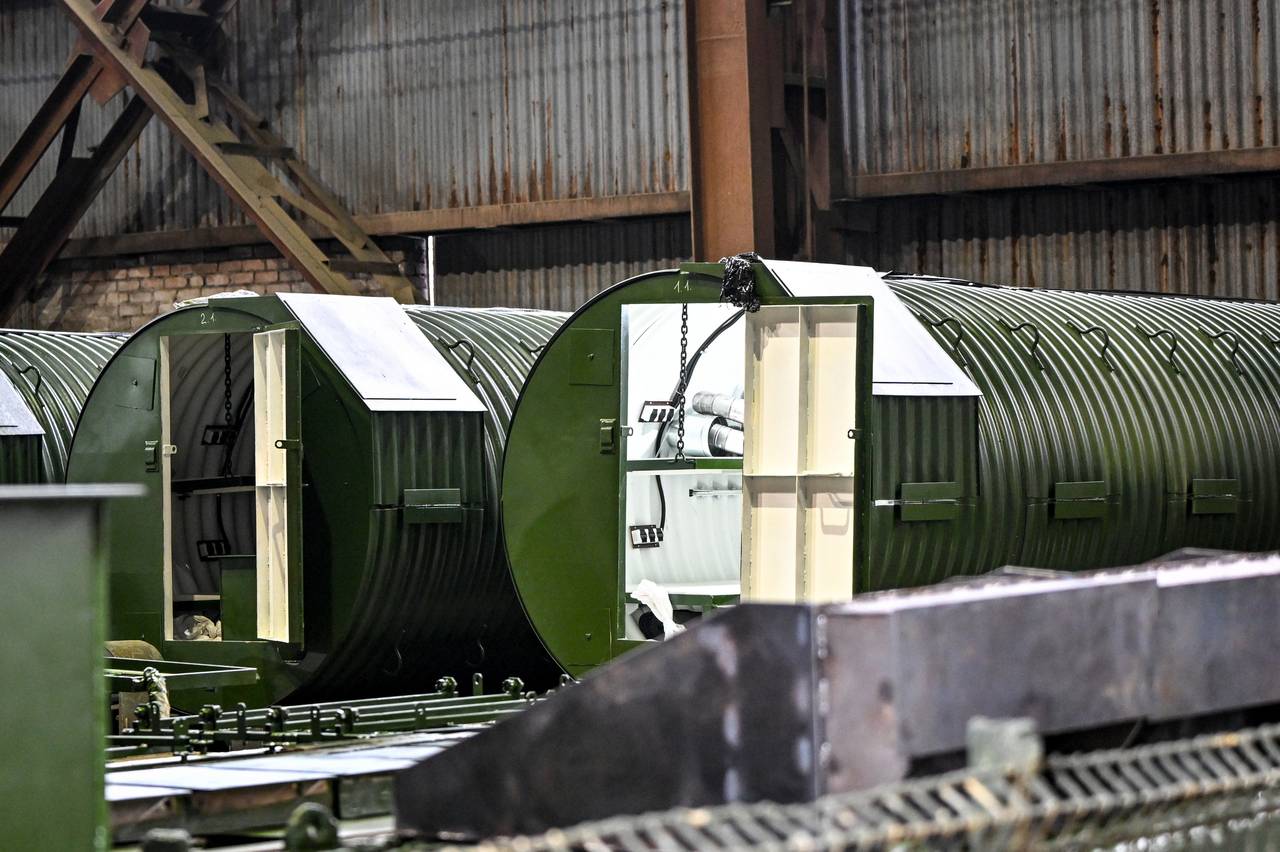
Metinvest Group has played a decisive role in this process. Thanks to the Steel Front initiative, a large network of mines, tunnels and industrial shelters was repurposed into critical medical facilities and sustainment points. Metinvest’s steel shelters, originally designed to protect soldiers on the forward line, were converted into underground stabilisation points.
The hospital consists of six expanded steel bunkers, each 7.6 metres long and 2.5 metres wide. The complex includes two full-scale operating theatres, two resuscitation stations, a work area and a recreational space for medical staff. It is equipped with advanced medical equipment, including oxygen concentrators, ventilators, cardiac monitors and defibrillators.
The underground hospital is capable of both stabilising the wounded and performing up to four surgeries simultaneously. It can treat over 100 patients daily. The complex incorporates ventilation, water supply, backup power and electronic warfare systems. This enables doctors to continue working even under shelling, increases casualty survival rates, disperses and protects medical resources across various locations and provides additional reassurance and support for the community.
Application of Ukrainian experience
INDOPACOM (Guam and Hawaii, the Philippines, Okinawa (Japan) and South Korea) and EUCOM (Estonia, Latvia, Lithuania and Poland) could be potential locations for underground stabilisation points.
The emphasis is on modular, rapidly deployable units, like combat support hospitals and forward surgical teams, as well as on prolonged field care, which requires training for medics, sophisticated equipment and telemedicine.
The Ukrainian model of stabilisation points offers an effective solution: utilise underground structures, tunnels and civilian infrastructure, or construct new facilities, which saves time and the effectiveness of which has been proven on the battlefield.
The full version of the article is available here.









